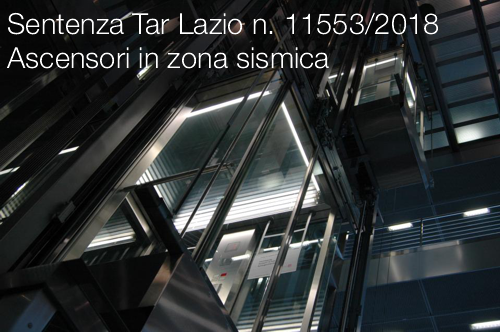Informazione tecnica HSE / 25 ° anno
/ Documenti disponibili:
45.651
/ Documenti scaricati: 34.683.237
/ Documenti scaricati: 34.683.237
Calculating Costs and Benefits for the use of Building Information Modelling in Public tenders
Construction is a strategic sector for the development of the European economy, and governments and public players are its largest client base. However, there are some commonly recognised problems that could affect the construction process: levels of collaboration, underinvestment in technology and R&D and poor information management.
Implementing Building Information Modelling (BIM) could both solve these issues and bring further benefits to public and private stakeholders, although the method of effectively evaluating these benefits remains to be worked out. For this reason, EISMEA, under the powers delegated by DG GROW, announced a tender to develop a methodology for cost-benefit analysis for the use of BIM in public tenders. RINA Consulting S.p.A., together with its subcontractor, B1P Group S.r.l., were awarded this project that entered into force on 1 September 2020 and lasted for nine months.
The implementation of the contract, funded by the COSME programme of the European Union, was supervised by an ad hoc ‘advisory board’ composed of representatives from the European Commission, EISMEA and the EU BIM Task Group (EUBIMTG).
The aim of the project was to develop a model which enables EU public clients to measure the costs and benefits of using BIM in their public construction projects.
The project addressed three main objectives:
CONTENTS
1 Introduction
1.1 AEC Sector, Sustainability and BIM
1.2 Purpose of this handbook
1.3 How to use this handbook
1.4 Target groups
2 Where are we now? Background analysis
2.1 BIM and public sector stakeholder needs
2.2 Literature review
2.3 On-site data collection: interviews and online survey results
3 Is BIM cost-effective for public entities?
Development of Cost-Benefit Analysis tool
3.1 Approach: CBA, BIM and public authorities
3.2 Methodology: model for identifying and measuring potential costs and benefits
3.3 Guide: step-by-step procedure to simulate cost-benefit analysis
4 How to practice the CBA tool?
Validation through case studies
4.1 Case study 1 - Conversion of an old building in a sport centre
4.2 Case study 2 - Maintenance and renovation project of a road
4.3 Case study 3 - New port construction project
4.4 Case study 4 - Renovation project for a public building
4.5 Case study 5 - BIM verification project
4.6 Case study 6 - New residential building construction project
5 Conclusions
6 Abbreviations
...
Fonte: EU
Collegati

Sentenza TAR Lazio n. 11553/2018 Pubblicata il 28/11/2018
La Sentenza del Tar Lazio n. 11553/2018 conferma che l’installazione di un ...
Misure urgenti per l'emergenza abitativa, per il mercato delle costruzioni e per Expo 2015.
GU Serie Generale n.73 del 28-03-2014
Entrata in vigore del provvedimento: 29...

ID 21084 | 05.01.2024
Legge 23 dicembre 1996 n. 662 Misure di razionalizzazione della finanza pubblica.
(GU n.303 del 28.12.1996 - SO n. 23...
Testata editoriale iscritta al n. 22/2024 del registro periodici della cancelleria del Tribunale di Perugia in data 19.11.2024